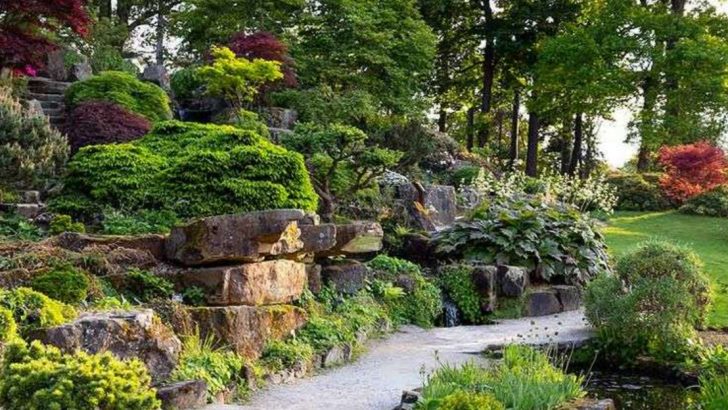Not every trend belongs in your backyard. Some ideas look gorgeous on Instagram. They sparkle in glossy magazines. They promise low effort, high reward—and then? They flop. Hard. From gravel gardens that turn into weed jungles to “no-mow” lawns that never quite stop growing, these trends can suck your time, your money, and your will to garden. Before you jump on the next bandwagon with a shovel in hand, check this list. You might just save yourself a whole season of regret. Some garden fads are better left unplanted.
The Allure of Vertical Gardens
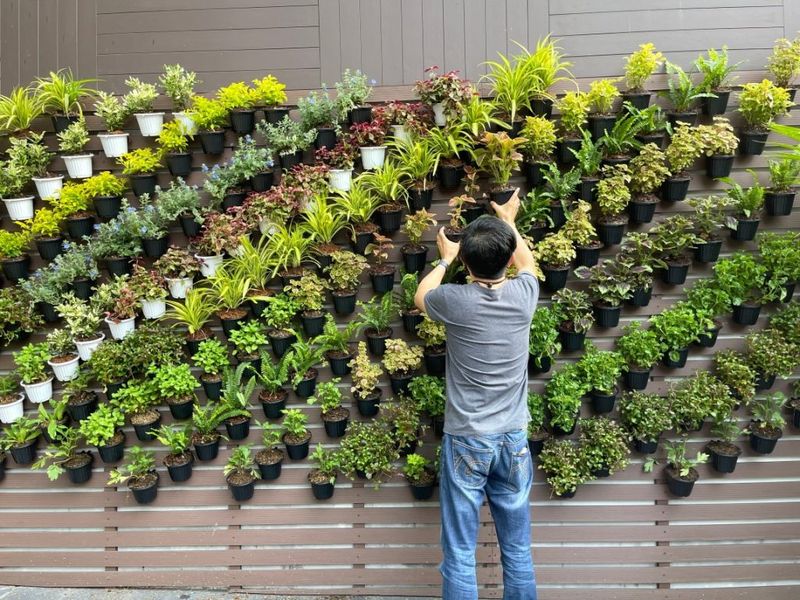
Vertical gardens promise to transform dull walls into vibrant green spaces. Imagine a tapestry of leaves cascading down your living room wall. However, maintaining these gardens can become a logistical nightmare.
Plants require proper sunlight, consistent watering, and specific temperatures. Managing these factors on a vertical surface is challenging. Over time, gravity takes its toll, causing soil displacement and nutrient loss.
Did you know? Vertical gardens were originally conceived to improve air quality in urban areas. While the concept is noble, the execution often falls short of expectations. Search online, and you’ll find mixed reviews from gardeners worldwide.
The Temptation of Exotic Plants
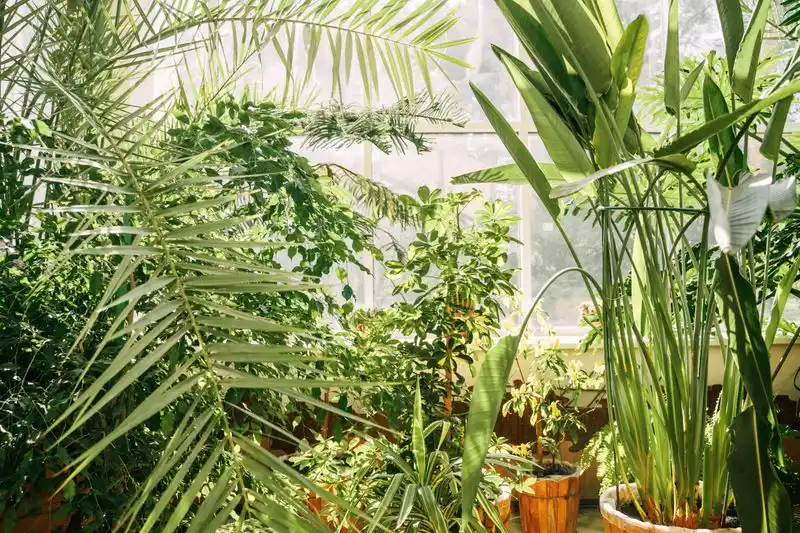
Exotic plants introduce a splash of color and diversity. Enthusiasts often dream of cultivating rare species, envisioning a garden straight out of a botanical wonderland. Yet, these plants demand specific climates, soils, and care.
Transplanting them to unsuitable environments leads to stunted growth or, worse, plant demise. The excitement wanes with every withered leaf.
Fun fact: Many exotic plants have evolved to thrive in specific ecosystems, making their adaptation elsewhere a Herculean task. Despite their beauty, they often become a labor of love few are prepared for.
Fascination with No-Mow Lawns

No-mow lawns seem like the perfect low-maintenance solution. The concept of letting nature take its course appeals to the eco-conscious. However, reality paints a different picture.
These lawns often become breeding grounds for weeds. Maintaining a balance between natural growth and chaotic overgrowth proves tricky. Homeowners find themselves battling unwanted species more than enjoying their garden.
Did you know? The original no-mow concept was designed to promote biodiversity. Yet, achieving harmony without a mower often demands more effort than anticipated.
The Quirk of Fairy Gardens
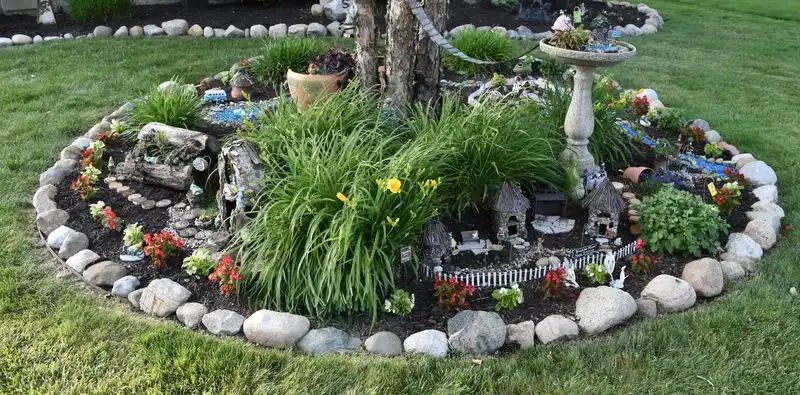
Fairy gardens capture the imagination with their miniature landscapes. Creating tiny villages amidst flowers seems enchanting. But, these gardens are surprisingly demanding.
They require meticulous attention to detail, and even a light breeze can wreak havoc on these delicate setups. Maintaining the whimsy becomes a constant challenge as elements get damaged easily.
Historical tidbit: Fairy gardens originate from the early 1900s, when American gardening embraced whimsy. Despite their charm, their delicate nature often leaves gardeners frustrated.
The Allure of Solar-Powered Garden Lights
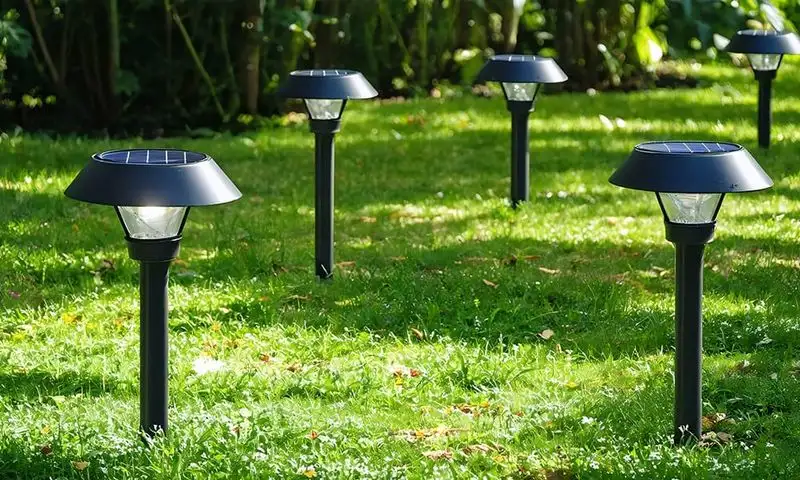
Solar-powered garden lights offer an eco-friendly way to illuminate outdoor spaces. They promise sustainability with a touch of elegance. On cloudy days, however, these lights often fall short.
Inconsistent charging leads to dim or non-existent lighting when it’s needed most. The initial appeal quickly dims with the realization of their limitations.
Fun fact: Solar lights were first popularized during the 1980s energy crisis. While innovative, their dependency on sunlight remains a significant drawback.
Attraction of Raised Garden Beds
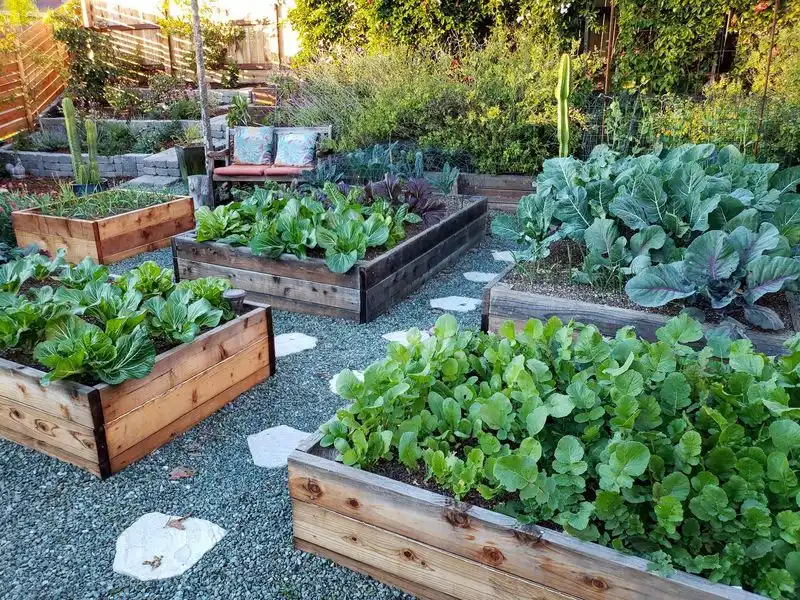
Raised garden beds promise efficient space utilization and ease of gardening. They’re touted as ideal for urban settings or small backyards, elevating plants to an accessible height.
Building these beds requires precision, and maintaining soil integrity is labor-intensive. Over time, shifting soil and structural instability become apparent challenges.
Did you know? Raised beds were traditionally used in ancient farming to prevent soil erosion. Despite their historical roots, modern adaptations often come with unforeseen maintenance hurdles.
The Charm of Water Features
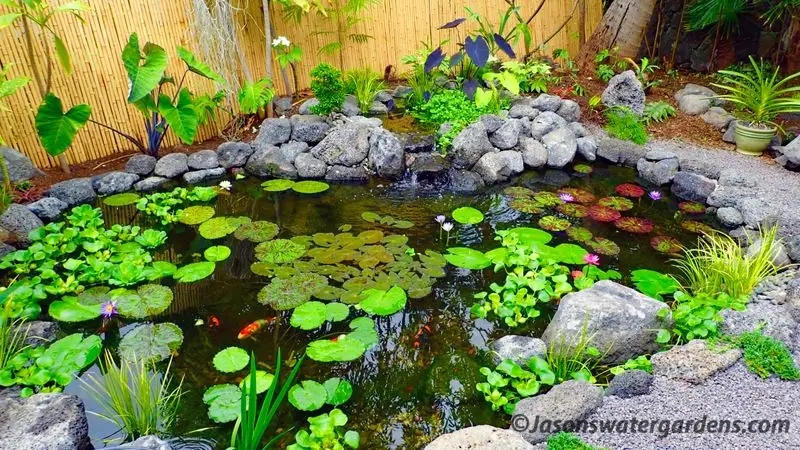
Water features bring tranquility, adding a soothing dimension to gardens. The sound of flowing water can be meditative. Yet, maintaining clear water and functioning pumps demands constant vigilance.
Algae growth and mechanical failures frequently disrupt the serene environment. Enthusiasts often underestimate the time and resources needed for upkeep.
Historical insight: Water features date back to ancient civilizations as symbols of wealth and peace. Today, their maintenance requirements often overshadow their calming presence.
The Appeal of Edible Landscaping
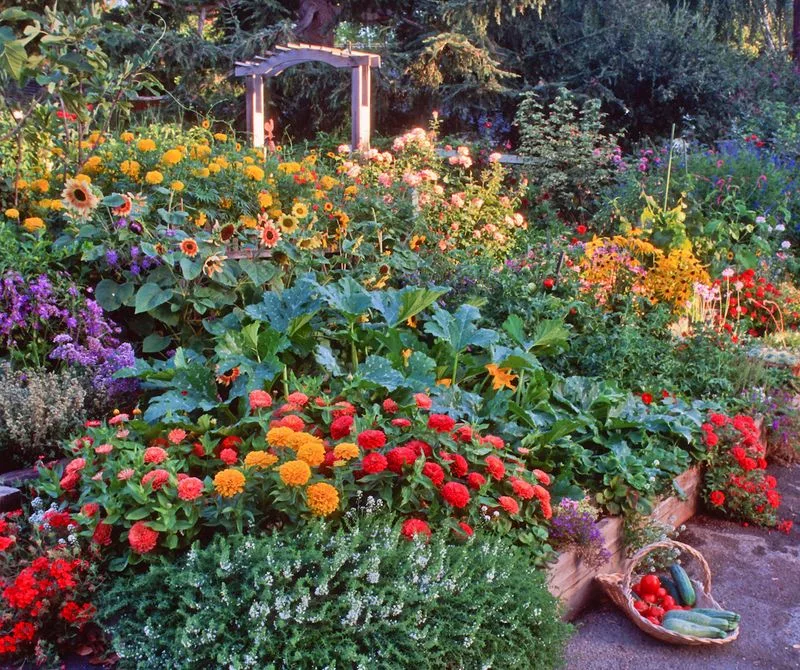
Edible landscaping intertwines aesthetic appeal with practical harvests. Imagine munching on fresh produce straight from your backyard. However, balancing visual beauty with productive growth is complex.
Space management becomes critical, as plants compete for sunlight and nutrients. Overcrowding leads to diminished yields, leaving gardeners puzzled.
Did you know? The concept of edible landscaping gained popularity during the 1970s as a sustainable living movement. Despite its benefits, striking the right balance remains a challenge.
Intrigue of Exotic Garden Ornaments
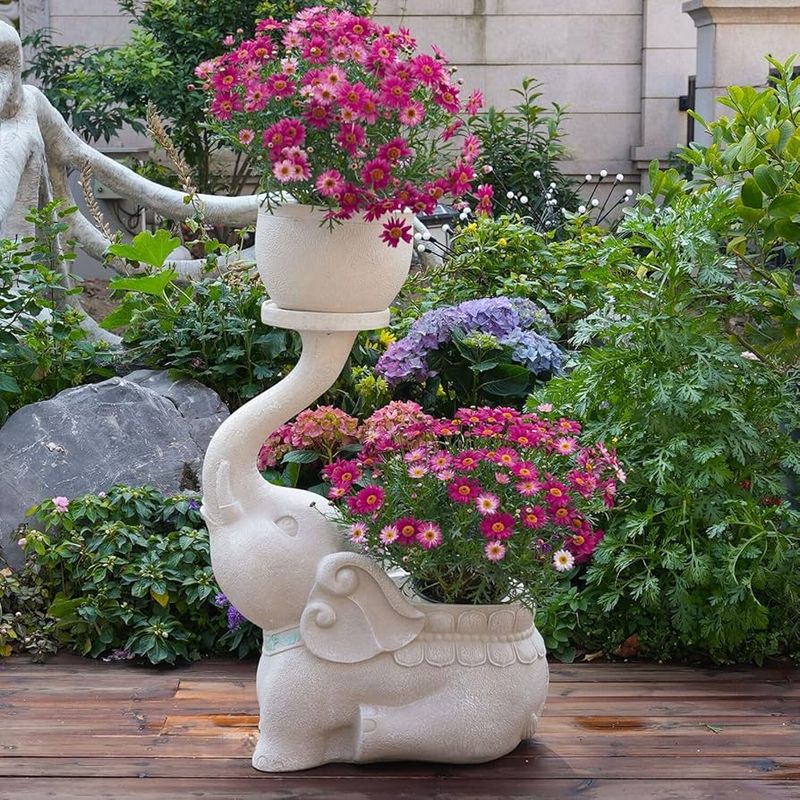
Exotic garden ornaments promise a touch of allure and elegance. Statues from far-off lands add a unique aesthetic. Yet, they often overshadow the natural beauty of the garden itself.
Balancing ornaments with plant life requires a keen eye and restraint. Over-decorating can transform a serene space into an overwhelming spectacle.
Fun fact: Garden ornaments have been used since ancient Rome to convey wealth and taste. Today, the challenge is in maintaining harmony and focus within the garden setting.
Lure of the Minimalist Garden
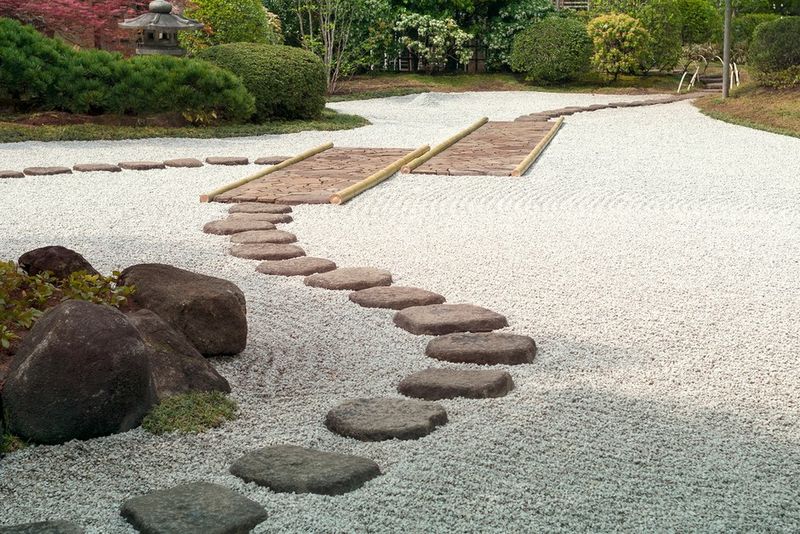
Minimalist gardens champion simplicity and clean lines. They suggest a serene, clutter-free environment. However, achieving this aesthetic can leave gardens feeling cold and lifeless.
Striking a balance between simplicity and vibrancy becomes a puzzle. Without careful planning, minimalist gardens may lack warmth and character.
Fun fact: The minimalist garden style gained traction during the 20th century as an architectural rebellion against excess. Despite its appeal, maintaining vibrancy within minimalism is a delicate art.
Craze for Rooftop Gardens
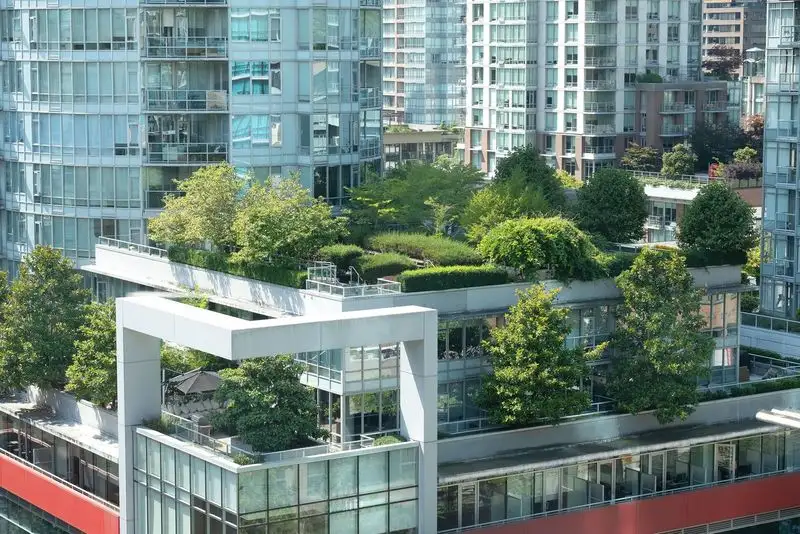
Rooftop gardens promise urban green oases, transforming unused space into lush havens. Yet, environmental elements pose significant challenges.
Excessive wind, sun exposure, and limited water access create a harsh environment for plants. The vision of a thriving garden often collides with the practicalities of rooftop conditions.
Did you know? Rooftop gardens became popular during the green building movement to promote sustainability. Despite their advantages, they’re often less forgiving than ground-level gardens.
The Fantasy of Butterfly Gardens
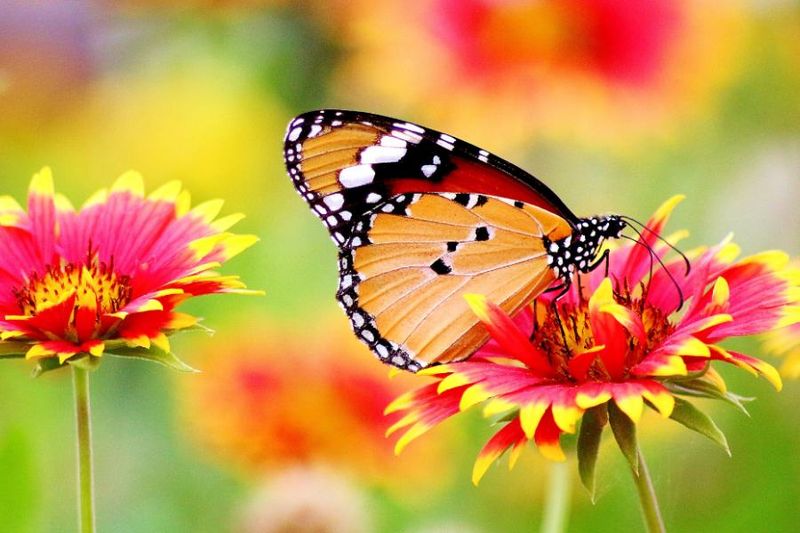
Butterfly gardens promise a magical dance of colors. Creating a haven for these delicate creatures sounds idyllic. However, attracting and sustaining butterfly populations requires more than just planting nectar-rich flora.
Environmental factors, pesticide use, and plant selection significantly impact success. Many find their gardens lack the vibrant activity they envisioned.
Fun fact: Butterfly gardens surged in popularity in the 1990s as a conservation effort. Despite good intentions, realizing a thriving butterfly ecosystem often proves elusive.
Captivation with Rock Gardens
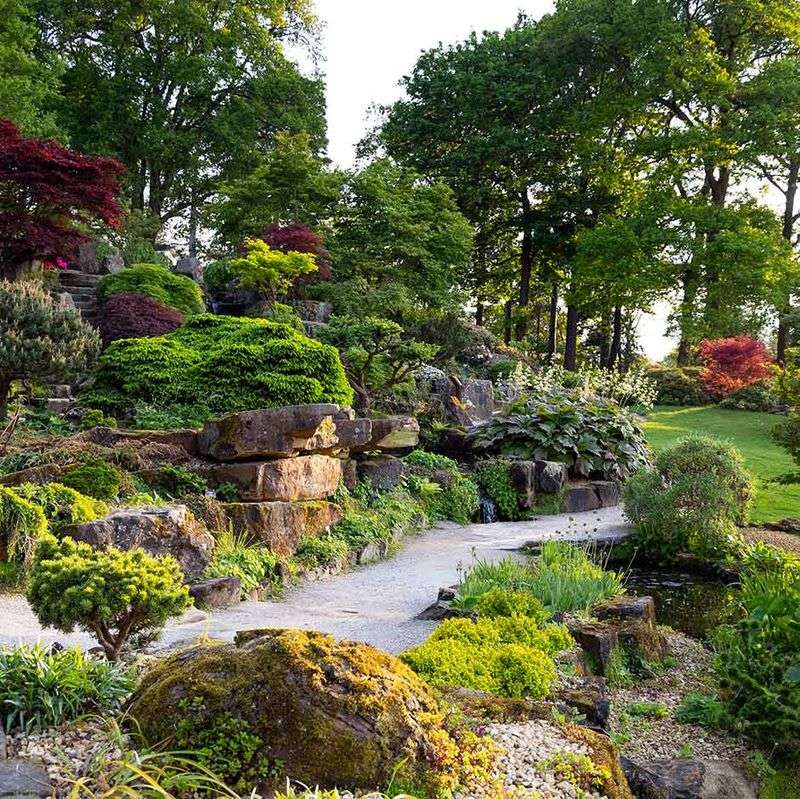
Rock gardens offer a unique aesthetic, resembling natural mountain landscapes. They promise a low-maintenance alternative to traditional gardens. However, placement and plant selection are crucial for success.
Improperly placed stones and sparse vegetation can result in a lackluster appearance. The appeal often fades when expectations aren’t met.
Did you know? Rock gardens have been popular since the Victorian era, representing man’s control over nature. Today, achieving the desired effect remains a complex endeavor.
The Trend of Zen Gardens
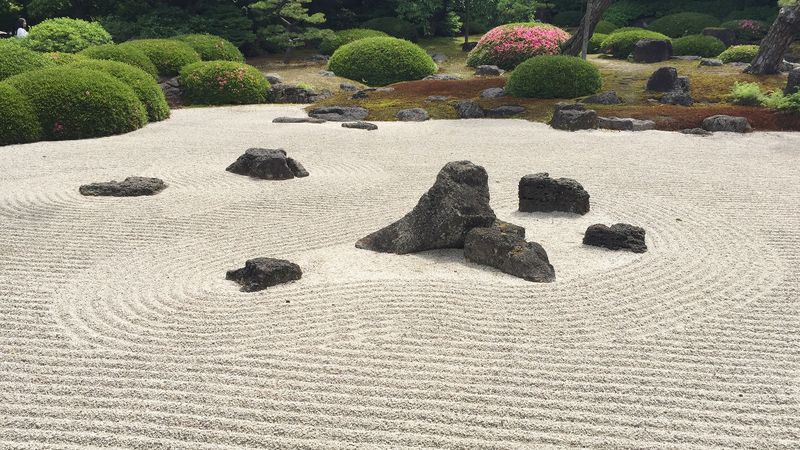
Zen gardens promote tranquility through simplicity and contemplation. Raking sand into perfect patterns is meditative. However, maintaining balance and precision presents challenges.
Sand shifts easily, and overgrown moss disrupts the intended serenity. Achieving the zen ideal requires constant attention.
Historical note: Zen gardens originate from ancient Japan, designed to inspire meditation. Despite their simplicity, they demand meticulous care to maintain their peaceful aura.
Intricacies of Indoor Jungle Rooms
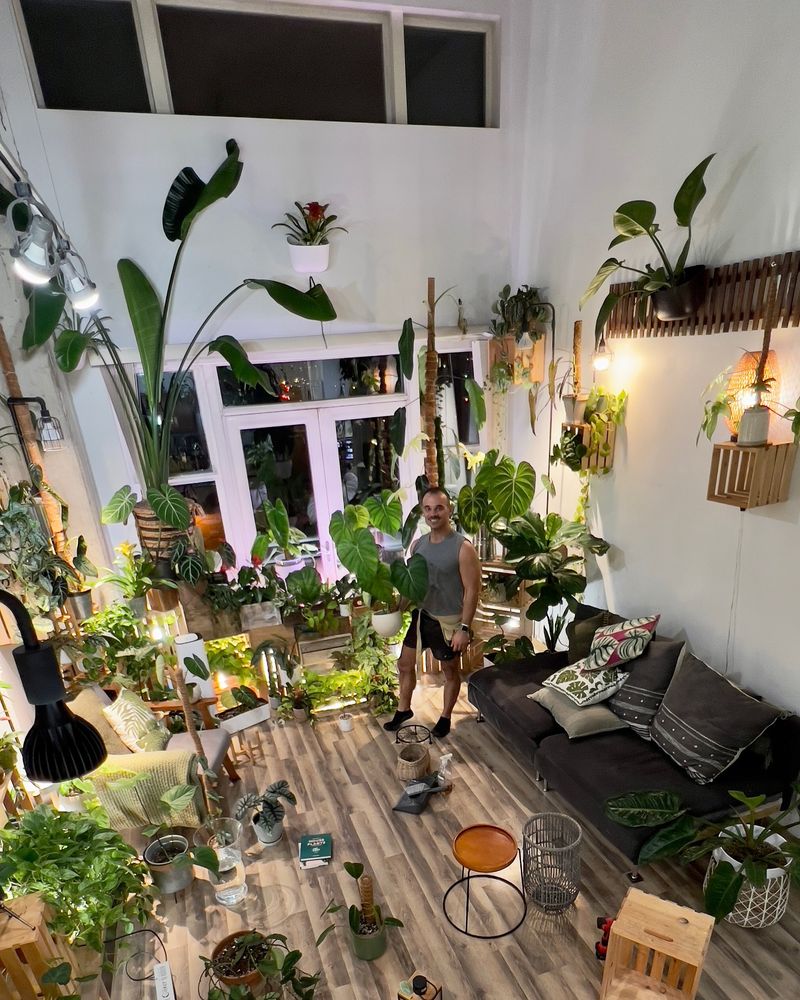
Indoor jungle rooms promise a verdant escape within your home. Lush greenery indoors seems appealing, providing a slice of nature year-round. However, creating the right conditions is complex.
Humidity control, light availability, and plant health management require ongoing effort. The allure can quickly fade as plants struggle.
Fun fact: The trend for indoor jungle rooms grew from the 1970s houseplant boom. Despite their beauty, maintaining these environments is a delicate balance.
The Challenge of Self-Watering Planters
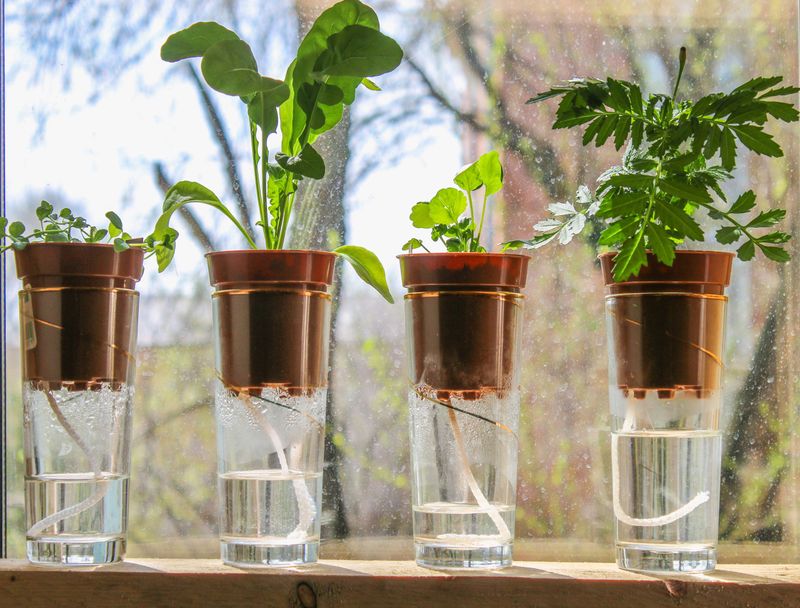
Self-watering planters promise convenience by automating hydration. The idea of carefree plant care is enticing. However, improper use can lead to waterlogged soil.
Plants can suffer from root rot if drainage isn’t managed correctly. Enthusiasts often find themselves attending to problems they hoped to avoid.
Did you know? Self-watering technology was initially developed for agricultural use. While revolutionary, managing moisture levels in these planters can be trickier than anticipated.
The Glamour of Garden Mirrors
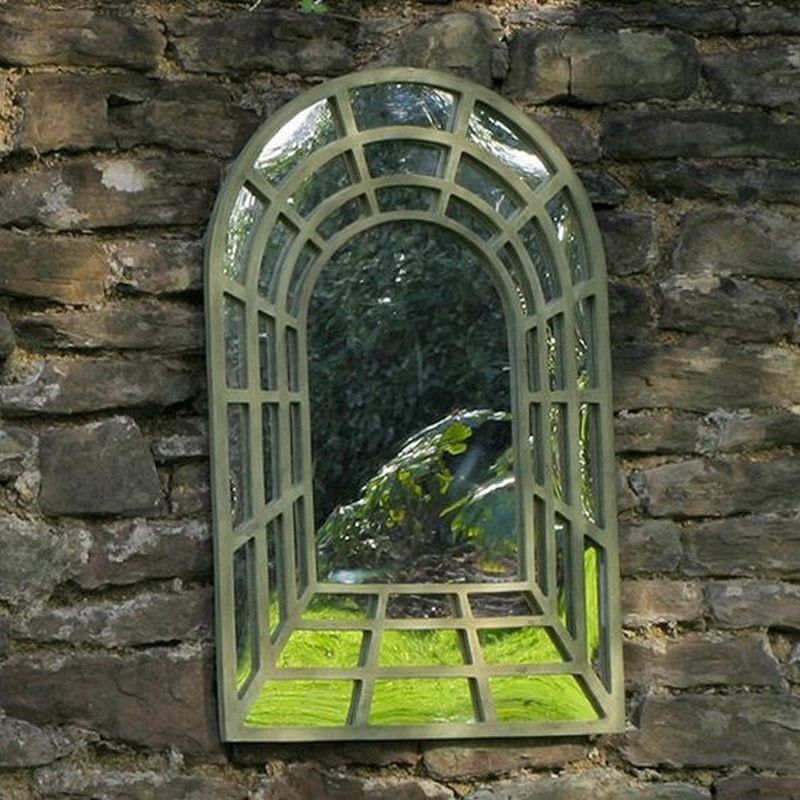
Garden mirrors create illusions of expanded space and light. They promise to enhance visual appeal. However, placement is critical to avoid unwanted reflections and glare.
Improper positioning can result in uncomfortable light angles, detracting from relaxation. The initial promise of elegance must be balanced with practical considerations.
Fun fact: Garden mirrors have been used for centuries in European landscape design to create optical illusions. Though stylish, they require strategic placement for comfort.
The Dream of Scented Gardens
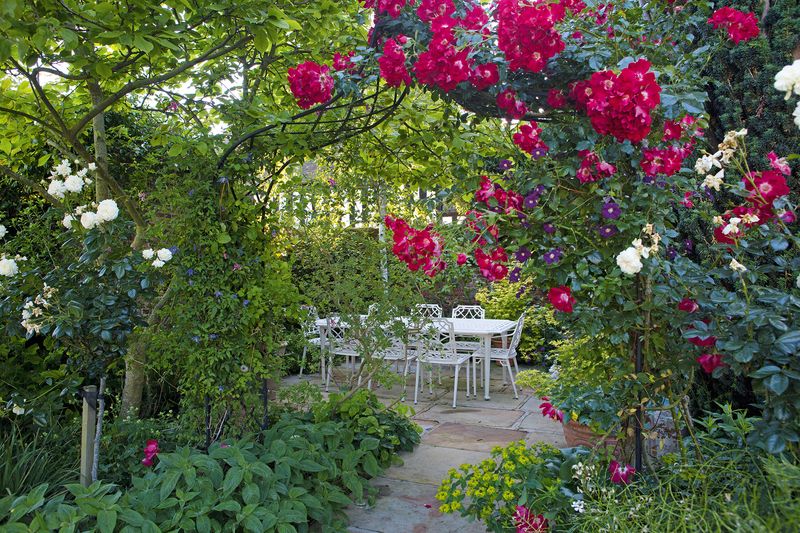
Scented gardens aim to awaken the senses with aromatic plants. They promise a sensory retreat. Yet, mixing fragrances requires careful selection and placement.
Overpowering scents can clash, creating an overwhelming atmosphere. The dream of a perfect olfactory escape often involves trial and error.
Did you know? The concept of scented gardens dates back to Persian gardens, designed to evoke pleasure through fragrance. Despite their allure, achieving harmony can be challenging.

